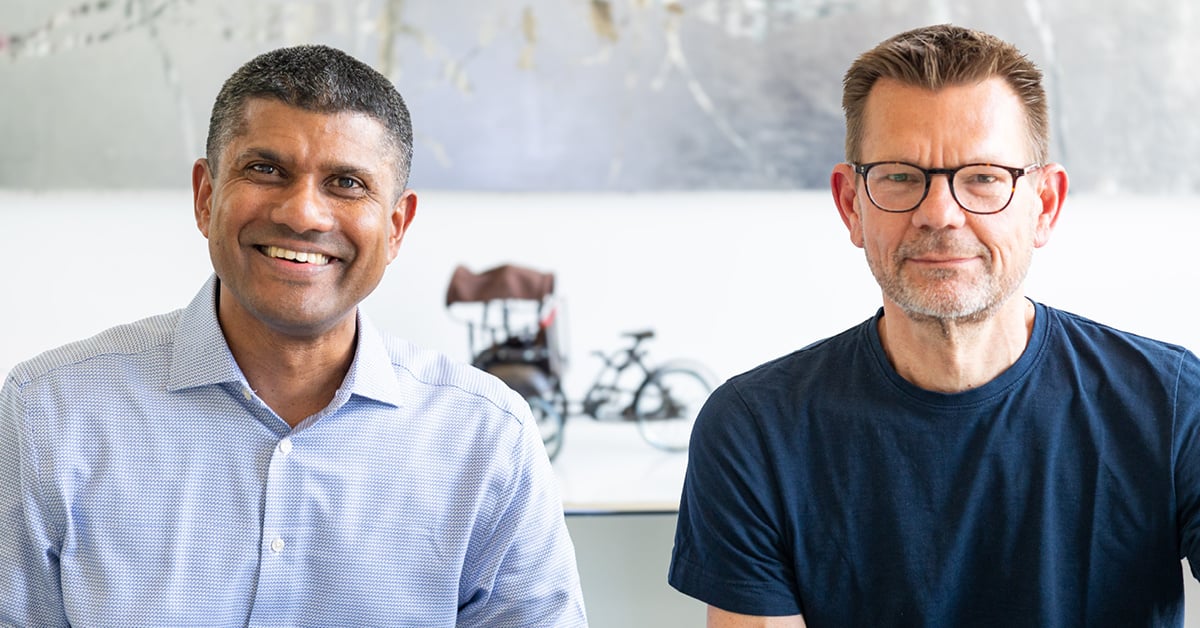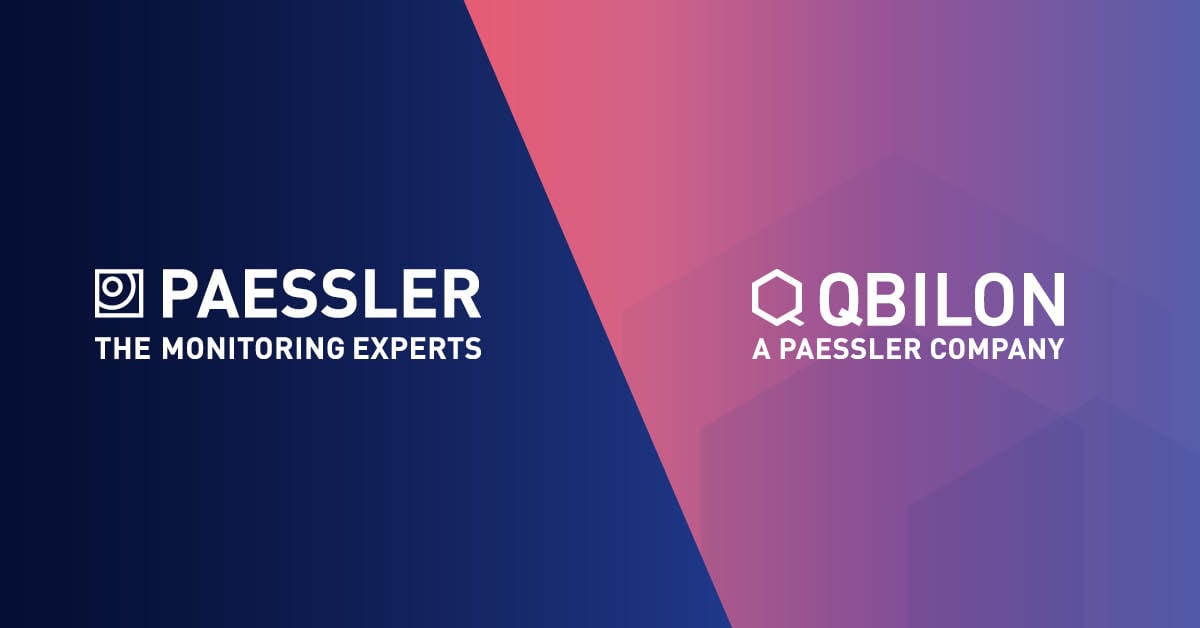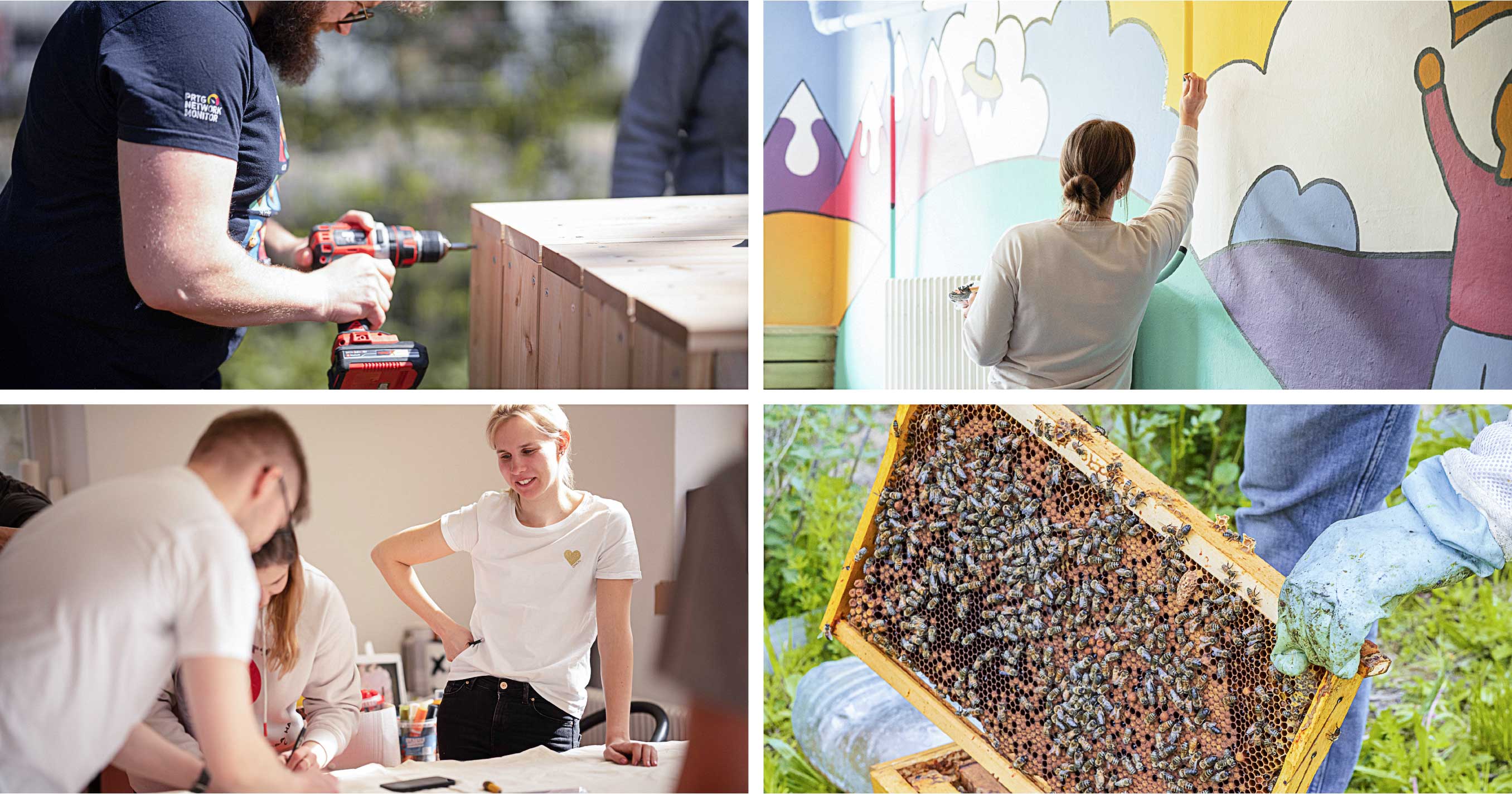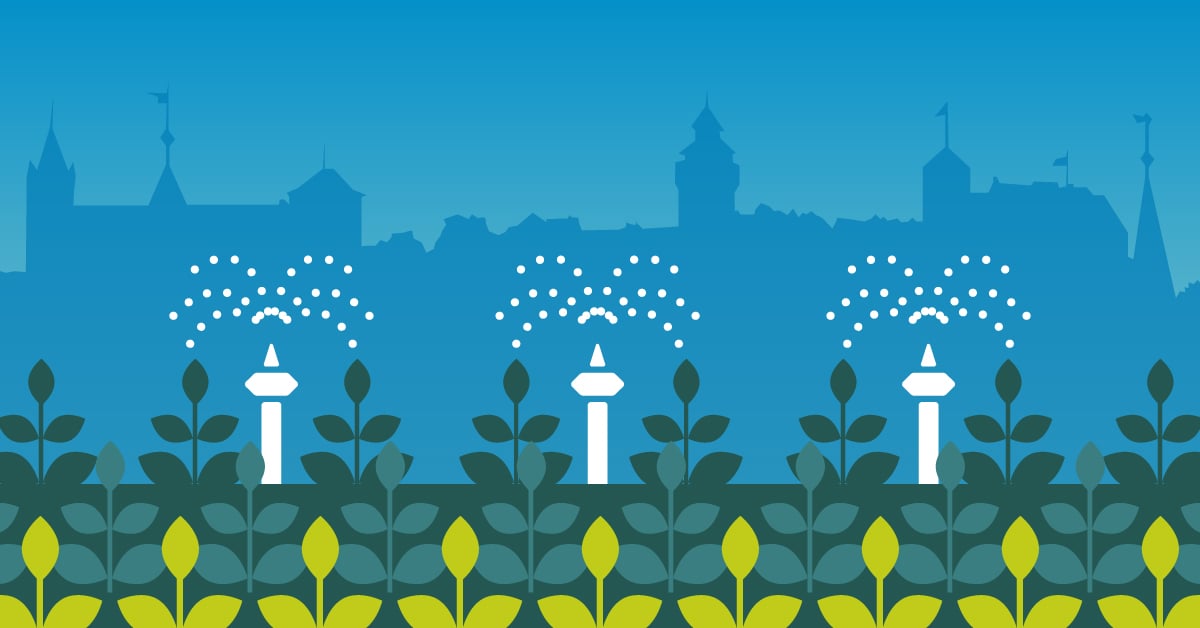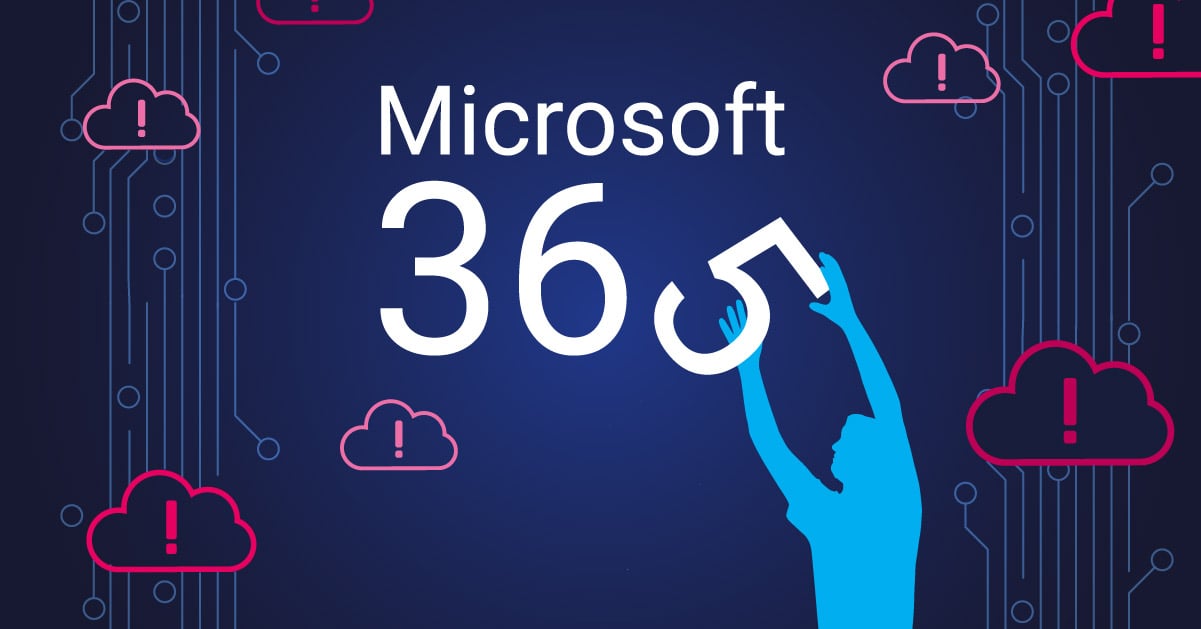The way people work in offices has been changing constantly ever since offices came into existence, although transformation is dependent to a certain extent on culture. The concepts of open-plan design, which right from the start were successful in North America, have had a hard time in Europe. Ideas such as remote work have taken a long time to gain recognition in the minds of Europeans as a valid means to an end, whereas already in 2010, President Obama signed the Telework Enhancement Act, requiring all federal agencies to create policies for eligible employees to work remotely. Between 2014 and 2018, the number of fully-remote US companies jumped from 26 to 170. Also in 2018, 53% of the world’s population worked remotely for at least half the week. As so often in history certain unforeseen events serve as a catalyst for further development. In addition to the catastrophic effects of the coronavirus crisis on all of us, office work has been reinterpreted around the globe. We at Paessler have not been exempt from this phenomenon. In some blog articles at the beginning of the crisis, we already shared with you how we have continued our work with the usual standard of quality and are always there for our customers; just not in the office – but from home. This article is partly a personal report, partly a description of how we at Paessler are working during the "time of corona" and how we will work in the future.
A general change
You’d think that the working world should become more and more pleasant per se. We have better, faster hard- and software, the communication tools are becoming sophisticated and super-easy to use. There are all these aids and yet people are complaining about stress, noise level, and not being able to focus on their work.
To make one thing clear from the start: technical developments are our friend, not our enemy. Instead of taking our work away from us and pushing us further towards insignificance, they make our daily routine more convenient. There was a spike in automation anxiety in the early 1920s and 30s, when machines were starting to help people get their jobs done. The fear of those people back then is as irrational as the stereotypes that exist today regarding remote work and all other working concepts that deviate from the previous standard.
Once you are permanently at home, you are no longer noticed by your bosses, which makes you more disposable, right?
Wrong!
Technology is not yet stable and secure enough for me to fully rely on it every single working day, right?
If you work only from home, aren’t you stuck in filthy pajamas after three days, have put on ten pounds without further ado and the cat starts to look down on you?
Not if you do it right!
 Of course, not everything that is “different” is automatically good. In the beginning I mentioned the controversial issue of office design. A few years ago, the analysis firm Oxford Economics approached more than a thousand employees in various industries, with three-quarters of respondents saying they worked in open-plan offices. More than half of the employees complained about noise. The researchers found that millennials were particularly concerned about rising decibels and wore headphones to drown out the noise or often left their desks in search of quieter corners. By now, it’s even scientifically proven that private offices clearly outperform open ones.
Of course, not everything that is “different” is automatically good. In the beginning I mentioned the controversial issue of office design. A few years ago, the analysis firm Oxford Economics approached more than a thousand employees in various industries, with three-quarters of respondents saying they worked in open-plan offices. More than half of the employees complained about noise. The researchers found that millennials were particularly concerned about rising decibels and wore headphones to drown out the noise or often left their desks in search of quieter corners. By now, it’s even scientifically proven that private offices clearly outperform open ones.
The solution to many problems caused by the working conditions between 2000 and 2020 would lie in exploring existing resources. By now, I personally am strongly convinced that situations in which personal meetings are required can best be depicted digitally. If you are not required by your job profile to have permanent, very close contact with others, there is probably no exception to this rule.
How can I be so sure?
Well, I have been working like this for the last six months.
A touch of loneliness
Back in March, when we started to pack up our stuff and go home, I was torn. Admittedly, I was never suspected of being an outspoken friend of human contact, and a little more solitude and silence during work sounded like a restful exception. However, at the beginning, I was still puzzled how to get structure into a working day that mainly took place between the living room, kitchen and my desk. Too many distractions, too many personal projects and, who would have thought, every now and then a touch of loneliness.
My 300 colleagues probably felt the same way at times, but we all learned to love the incredible advantages of working remotely from home. After a few months, an internal company survey showed that this “contingency plan” could be more than initially thought; the advantages of this way of work were apparent. Apart from our international colleagues and those on parental leave, we had just over 250 employees working permanently at our Nuremberg headquarters in March. They had to completely change their working environment overnight.
Here you can see the DirectAccess statistics from PRTG (it only shows our Windows devices) for most of the lockdown period. It clearly indicates that we at Paessler keep our weekends sacred and don't like it if there is too much mixing of work and private life during times of remote access (this is pretty much the first rule of successful remote work):

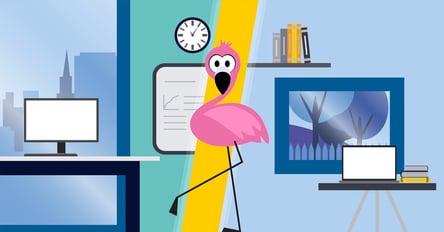 Besides the fact that we had to add more memory to our DirectAccess server and improve the virtual hardware regarding Confluence, there were practically no major IT-related problems of switching to remote work. What certainly played into our hands is that even before the coronavirus crisis, we had started consolidating our various IT offerings and, where possible, generously upgraded. Of course, minor problems can never be completely avoided, especially in the first few weeks there were more service requests than usual, in particular for Zoom and Miro.
Besides the fact that we had to add more memory to our DirectAccess server and improve the virtual hardware regarding Confluence, there were practically no major IT-related problems of switching to remote work. What certainly played into our hands is that even before the coronavirus crisis, we had started consolidating our various IT offerings and, where possible, generously upgraded. Of course, minor problems can never be completely avoided, especially in the first few weeks there were more service requests than usual, in particular for Zoom and Miro.
One thing that we have learned in detail is the flexible, creative changeover to new digital processes, when you can no longer follow the usual ones. For example, we have always loved working with post-its. Many parts of our HQ resemble colorful formations that look as if Steve Jobs and Jackson Pollock had united in those rooms to form an unholy alliance. Miro was our solution for the lockdown period (and will be certainly far beyond).
Already today we are trying to think about future problems when an increasing number of Paessler employees return to their desks at our HQ. When our “new normal” (see next chapter) is remote work, there will be an exponential increase in video calls being made in our HQ (also through wireless headphones). The acoustic facilitation of this difficult task and the prevention of too many Bluetooth devices exhausting the frequency range is currently high on our list of challenges.
A new normal
The new standard of working at Paessler can be summarized as follows: Unless a specific job profile makes it impossible, one can choose where to work. We offer three models, which our employees can choose freely.
- Office owl: We at Paessler know that our HQ has a very special charm. Free coffee, drinks, candy, world-class food, not to mention the pleasant colleagues and the appealing office furnishings. Our office model means that, with a few exceptions, employees work in our HQ in Nuremberg, Germany.
- Flexible flamingo: As of today, most employees have chosen our flexible model or at least shown interest. It allows, after consultation with the teams, the highest possible degree of freedom to decide how often one works at home or in our HQ.
- Remote raccoon: If one wants to stay at home even after the coronavirus crisis, then this is good news. It should be emphasized that working remotely is the new normality anyway and personal meetings in our HQ are the specific exception. Through these and other concepts, all employees who work from home should not feel excluded. In order to maintain personal contact nevertheless, we plan for employees of this model to spend one, two or three days at the HQ every month and to participate in specific team events or other activities.
Of course, the new normality requires certain rules; a code of cooperation once everyone can only see each other digitally, or – which is even more difficult to evaluate – when some people see each other in the office and others don’t. Here are three thoughts on this:
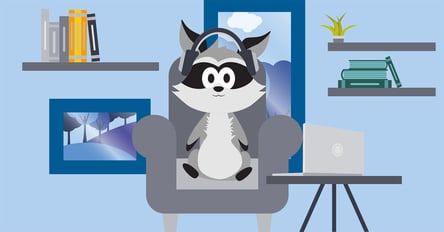 Empathy is more important than ever: Interaction and empathy are attributes that are now crucial, because conflicts can arise more easily when working remotely and are more difficult to resolve. The ability of team members to communicate with their colleagues in a personal way is more important than ever. Incidentally, this was among the outcome of the wonderful cultural dialogue in one of our remote Open-spaces. Videoconferencing agendas should be designed accordingly, because the conversation in front of the coffee machine is as important as before, even without an office or a coffee machine.
Empathy is more important than ever: Interaction and empathy are attributes that are now crucial, because conflicts can arise more easily when working remotely and are more difficult to resolve. The ability of team members to communicate with their colleagues in a personal way is more important than ever. Incidentally, this was among the outcome of the wonderful cultural dialogue in one of our remote Open-spaces. Videoconferencing agendas should be designed accordingly, because the conversation in front of the coffee machine is as important as before, even without an office or a coffee machine.- And so is leadership: Prior to the coronavirus crisis, Gartner noted that the top priority of HR managers was to build critical skills for the organization, strengthen current and future leadership, and implement organizational design. When you know where the world is now, it doesn't seem like anything on this list should change. But I would argue that the transition should start by building remote team collaboration. Just like the HR manager, every leader in a company will have to try to understand, create and shape the remote working culture, in addition to their usual tasks. This is a task for which there must be more than a small time slot in the calendar.
- There is not one solution for all cases: As many countries, regions and industries of the world continue to open up - while others maintain the lockdown - there is an ongoing discussion about where and how to work. It makes more sense to look at one's own position or job profile in the company than at the industry, and above all it is important to be flexible and to realize that there is no general consensus. Everyone has different, individual ideas of how they want to work – and that is a good thing. There are as many notions and aspirations as there are people and teams.
❤️ A very special thanks goes to our HR team, our back office team, and our IT team, for the weeks of intricate planning during the pandemic, and the confidence that new ways of working can and will lead to success!
💪 We know that we need a great commitment to learn in order to live this (particularly complex) hybrid working model, but we are thoroughly positive that it will work out. For us, culture work in teams and across teams has always been important and we will continue to keep it that way.
🎙️ And of course we are also looking forward to your opinions in the comments.
🚀 December 2020 update: Meanwhile, we were able to convince the jury of the renowned New Work Star Award with our working concept and are very honored to have won this year's Silver Award. And the journey is just beginning... 😉
 Published by
Published by 



